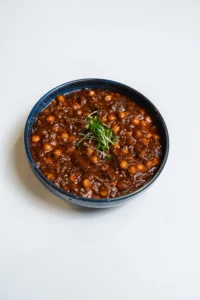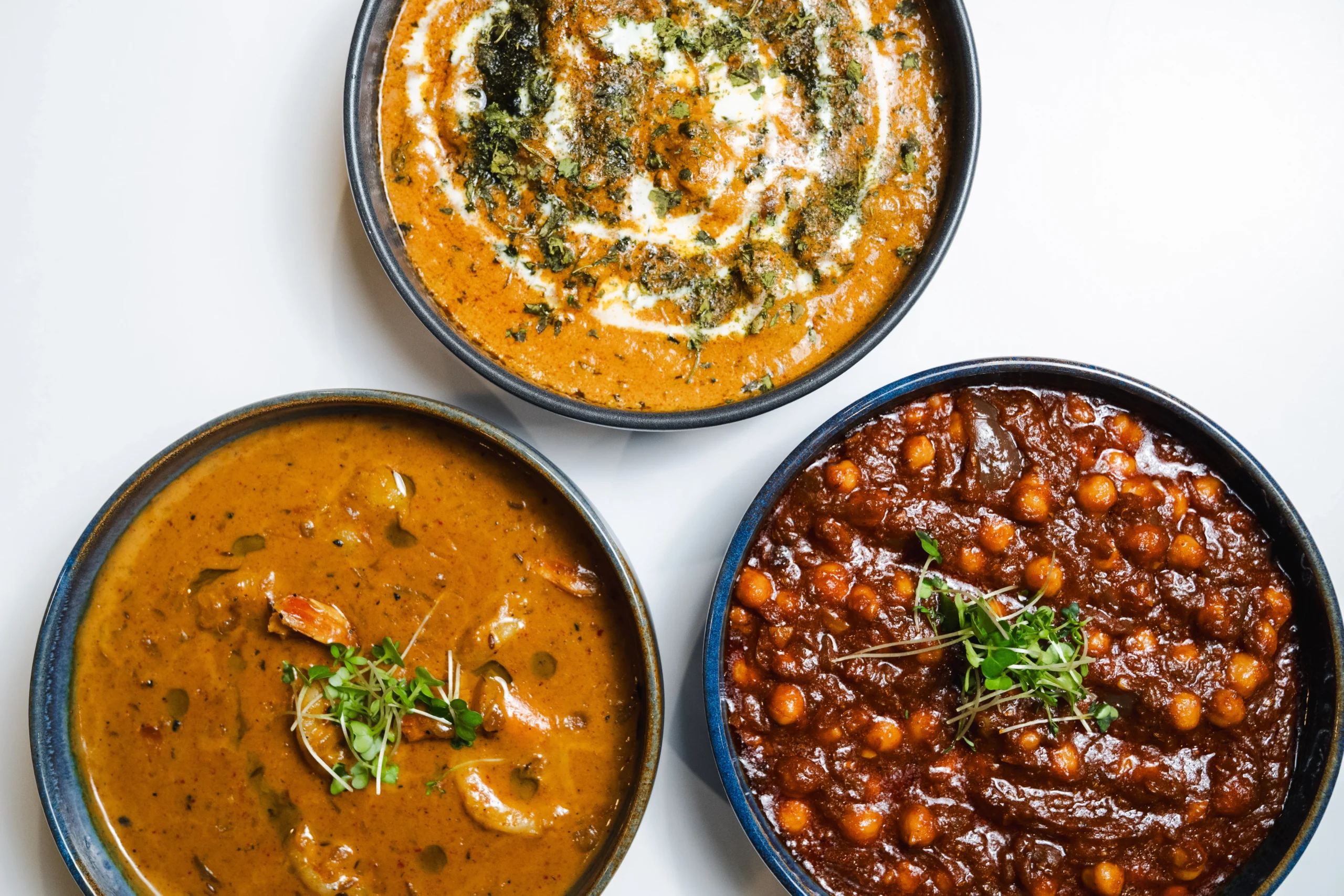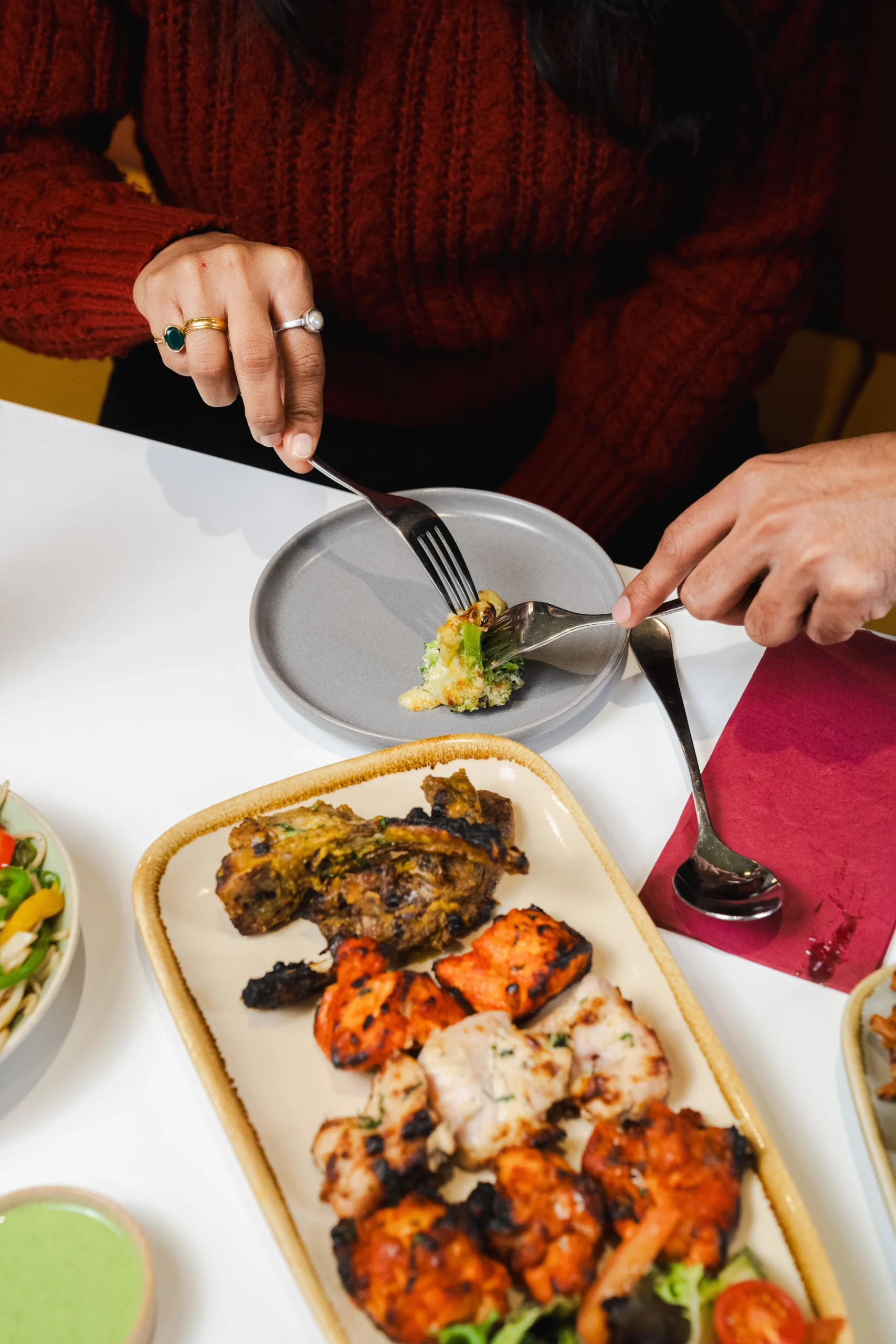British Curry Culture Transformed the UK
British curry culture defines the high street; the smell of cumin and coriander now perfectly encapsulates this culinary love affair. Indian food is a national obsession. But this culinary love affair has deep, complex roots. It is not a simple story of importing a delicious cuisine. The British Raj closely tied the history of curry to the UK. This period of colonial rule in India lasted from 1858 to 1947. This article explores how a taste of the subcontinent travelled thousands of miles. Eventually, Indian food became an integral part of British culture.
A Taste of the Empire
 British involvement in India started long before the Raj. The East India Company was the key player from the 17th century. British officials and soldiers lived in India. Consequently, they experienced the local cuisine firsthand. These Britons often had Indian cooks, known as khansamas. These cooks adapted Indian dishes to suit the European palate. Spices were sometimes toned down for the foreign diners. Indeed, this early exposure began the culinary cross-pollination.
British involvement in India started long before the Raj. The East India Company was the key player from the 17th century. British officials and soldiers lived in India. Consequently, they experienced the local cuisine firsthand. These Britons often had Indian cooks, known as khansamas. These cooks adapted Indian dishes to suit the European palate. Spices were sometimes toned down for the foreign diners. Indeed, this early exposure began the culinary cross-pollination.
Furthermore, they quickly developed a taste for these new flavours. Officers would often request Indian dishes back home in Britain. They wanted to recreate their dining experiences abroad. Therefore, the first Indian recipes began appearing in British cookbooks. These early recipes were often simplified and changed. They rarely captured the true depth of authentic Indian cooking. This period laid the groundwork for curry’s eventual popularity.
The Raj’s Culinary Return and British Curry Culture
The formal establishment of the British Raj intensified this exchange. Consequently, many Britons served in India for years or decades. Inevitably, they returned to the UK with a desire for familiar dishes. Indeed, these dishes reminded them of their time spent in the colony. Furthermore, they truly craved the spices and the unique flavours. Therefore, the first Indian restaurants opened to cater to this returning elite.
For example, the Hindoostanee Coffee House opened in London in 1810. It offered Indian-style food to a curious British public. This first venture did not last, however. It showed the beginnings of a culinary market. Subsequently, more successful restaurants followed later in the century. These establishments were mainly found in London and other major port cities. They served a mostly upper-class, well-travelled clientele.
Post-War Immigration and the Curry House Boom
 The real explosion of Indian food happened after the Second World War. Crucially, this was due to mass immigration from the subcontinent. People came from India, Pakistan, and Bangladesh. Many settled in Britain to find work. Often, these immigrants opened small restaurants. They provided familiar food for their own communities. Gradually, their clientele broadened to include local British people.
The real explosion of Indian food happened after the Second World War. Crucially, this was due to mass immigration from the subcontinent. People came from India, Pakistan, and Bangladesh. Many settled in Britain to find work. Often, these immigrants opened small restaurants. They provided familiar food for their own communities. Gradually, their clientele broadened to include local British people.
Initially, the restaurants were humble affairs. They served affordable, hearty meals. They were open late and were popular with factory workers. Moreover, cooks adapted the food for the British consumer. For instance, chefs created dishes like Chicken Tikka Masala in Britain. The nation now considers this dish a favourite. Many believe cooks invented it in Glasgow or Birmingham. This is a perfect example of food evolving in a new country.
British Curry Culture’s Unstoppable Rise
Today, the ‘Indian’ restaurant is everywhere in the UK. Bangladeshi-run restaurants dominate the market. Consequently, curry is often called Britain’s true national dish. The phrase “going for a ruby” is common slang for having a curry.
Indeed, Indian food is no longer seen as foreign. It is now woven into the fabric of British life. Furthermore, this culinary takeover is a complex legacy. It began with the power dynamics of the British Raj. It was sustained by immigration and adaptation. Ultimately, it transformed the UK’s dining landscape forever. Therefore, every plate of curry tells a story. It speaks of empire, migration, and delicious cultural blending.



